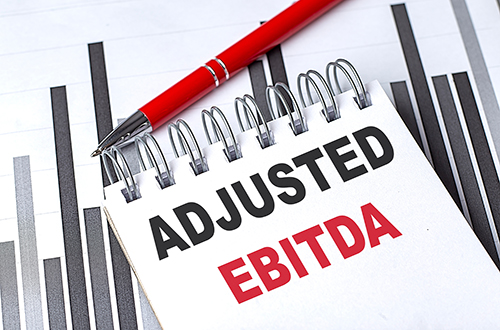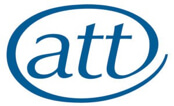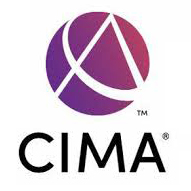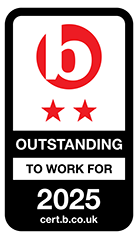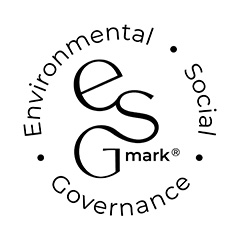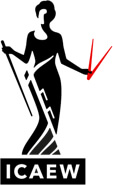A guide to selling your business - part seven: The Information Memorandum
As highlighted throughout our business sale series , selling a business requires in-depth preparation and strategic planning. A key part of this involves composing an Information Memorandum (IM), which is a critical document in the selling process.
What is an Information Memorandum and how is it used?
The IM is a comprehensive guide to the business being sold, providing potential buyers with key information that helps them decide whether to proceed with the purchase. In many cases, the IM will be the first interaction a potential buyer has with that business.
Below is a full summary of the IM and its components. For further support, our team at Rickard Luckin will work with you to prepare a detailed IM that positions your business for a successful sale.
1. Executive summary
The first section of the IM offers a broad summary of the business. It includes:
- Business overview: A brief outline of the business, including where it’s based, what it sells or which services it offers, and how it operates.
- Mission statement: A description of the company’s core values and strategic goals.
- Key financials: Highlights of the company’s financial performance, including revenue, profit margins, and EBITDA (Earnings Before Interest, Taxes, Depreciation, and Amortisation).
- Opportunity: An explanation of why the business is an attractive acquisition, including details of its growth potential and competitive advantages.
2. Business description
This section delves more deeply into the details, to cover:
- History and background: The origin of the business, its key milestones, and any significant developments over the years.
- Products and services: Detailed descriptions of the products or services offered by the business, along with their unique selling points.
- Market position: Analysis of the company’s position in its industry, including market share, target market, and competitive landscape.
- Business model: An explanation of how the business generates revenue, its pricing strategy, and distribution channels.
3. Management and employees
Potential buyers will need to understand the quality of the team that drives the business. As such, this section includes:
- Management team: Senior management profiles that detail their roles and how they have contributed to the success of the business.
- Organisational structure: An overview of the company’s structure, with departments and reporting lines.
- Employee information: Number of employees, their relevant qualifications, and any significant labour agreements or issues.
4. Financial information
Detailed financial data helps potential buyers to assess business viability. This section typically includes the following information:
- Historical financial statements: These should cover the past three years, including profit and loss statements and balance sheets.
- Financial projections: Forecasted financial performance, including assumptions and growth projections, for both the current and forthcoming two years.
- Past and planned capital expenditure.
- Working capital analysis.
5. Operations
This is a deep-dive into operational aspects of the business, including:
- Facilities: A description of the company’s physical locations, including size, capacity, and ownership or lease details.
- Equipment and technology: An overview of the equipment and technology used in business operations.
- Supply chain: Information about key suppliers, procurement processes, and inventory management.
6. Market analysis
This section offers a broader perspective on the industry and market conditions, covering:
- Industry overview: Insights into the industry’s size, trends, and growth prospects.
- Competitive landscape: Analysis of key competitors and the company’s wider competitive positioning.
- Customer base: A description of the main customer segments, main clients, and customer concentration risks.
7. Sale process and terms
The final section of the IM outlines the sale process, including:
- Sale rationale: An explanation of why the business is being sold.
- Transaction structure: Examples include asset sale or share sale.
- Key terms: Information on the expected timeline, confidentiality agreements, and any other relevant terms of sale.
In summary, the IM introduces prospective buyers to your business. This means it must be prepared with careful attention to quality and detail, to convey the best possible first impression.
At Rickard Luckin, we will work with you on preparing a detailed, accurate, and compelling IM for your business, to attract the right buyers and facilitate a successful sale.
If you have any questions about the above, or would like more information specific to your circumstances, please enter your email address below and we will get in touch:






